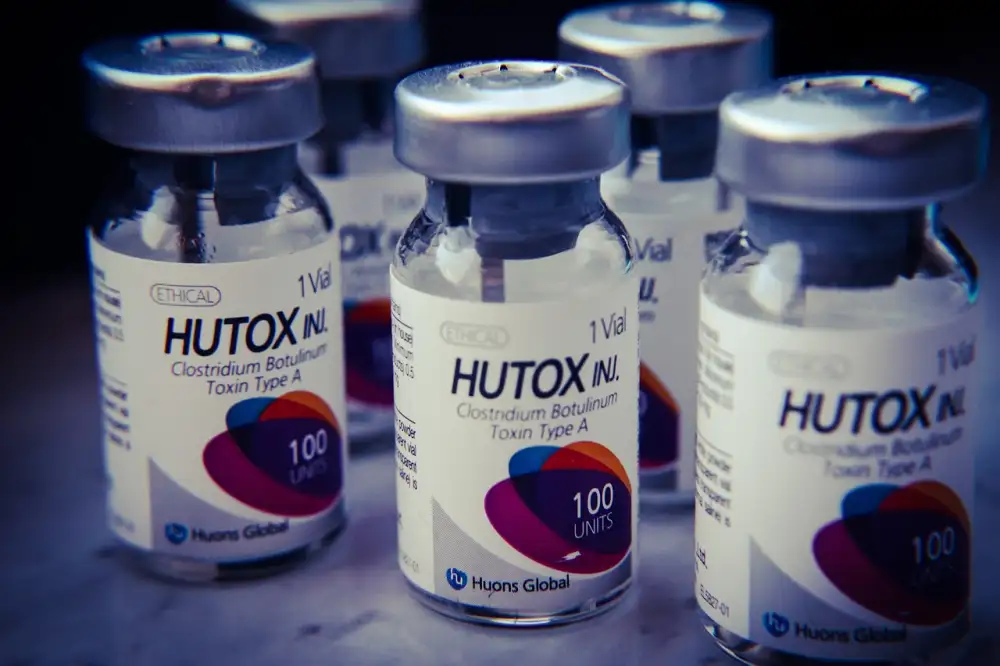Is Botox Painful? Unveiling the Truth Behind the Needle Prick

- Explaining the process of receiving Botox injections
- Addressing the common concern: Is Botox painful?
- Describing the sensation during a Botox injection
- Highlighting the use of numbing creams or ice to minimize discomfort
- Discussing individual pain thresholds and variations in experiences
- Emphasizing the temporary nature of any discomfort during Botox injections
- Mentioning potential side effects and complications to be aware of
Botox, short for botulinum toxin, has gained immense popularity in the health industry. It is a neurotoxic protein that is used to temporarily paralyze muscles, reducing the appearance of wrinkles and fine lines. Botox injections have become a go-to solution for those seeking a more youthful appearance without undergoing invasive surgical procedures. With its proven effectiveness and minimal downtime, Botox has become a staple in the world of cosmetic enhancements.
Explaining the process of receiving Botox injections
Receiving Botox injections involves a simple and quick process. First, the healthcare professional will clean the targeted area on your face. Then, using a fine needle, they will inject small amounts of Botox into specific muscles. The number of injections required depends on the treatment area and desired results. The whole procedure usually takes around 10-15 minutes, making it convenient for those with busy schedules.
Addressing the common concern: Is Botox painful?
One of the most common concerns people have when considering Botox injections is whether or not it is a painful procedure. It's understandable to be apprehensive about any medical treatment involving needles. However, the truth is that Botox injections are generally well-tolerated and any discomfort experienced is usually minimal and temporary. Let's delve deeper into what you can expect during a Botox session to help alleviate any fears you may have.
Describing the sensation during a Botox injection
During a Botox injection, the sensation can vary from person to person. Some individuals describe it as a slight pinch or prick, while others may feel a mild stinging or burning sensation. The needle used for Botox injections is very fine, so the discomfort is generally minimal. The sensation is often compared to that of a mosquito bite or a small rubber band snap. It's important to remember that the discomfort lasts only for a few seconds as the injection is administered quickly and efficiently.
Highlighting the use of numbing creams or ice to minimize discomfort
To minimize discomfort during Botox injections, numbing creams or ice can be used. Numbing creams are applied to the treatment area about 30 minutes before the procedure to numb the skin and reduce any potential pain. Ice can also be used to numb the area just before the injection. These techniques help in making the experience more comfortable for patients and alleviate any potential pain or discomfort associated with the needle prick.
Discussing individual pain thresholds and variations in experiences
Individual pain thresholds can vary greatly when it comes to Botox injections. Some people may barely feel a thing, while others may experience mild discomfort or a slight stinging sensation. It's important to remember that pain is subjective and what one person finds painful, another may find tolerable. Factors such as skin sensitivity and the area being treated can also influence the level of discomfort. Therefore, it's crucial for individuals to communicate their pain levels with their healthcare provider during the procedure to ensure their comfort.
Emphasizing the temporary nature of any discomfort during Botox injections
During Botox injections, it is important to remember that any discomfort experienced is temporary. The needle prick sensation may cause a slight pinch or stinging feeling, but it lasts only for a few seconds. The injection itself is quick, usually taking just a few minutes to complete. So while there may be some initial discomfort, it subsides quickly and does not linger. It's important to keep in mind that the benefits of Botox can outweigh any momentary discomfort, as it can help reduce wrinkles and improve one's appearance.
Mentioning potential side effects and complications to be aware of
While Botox injections are generally safe and well-tolerated, it is important to be aware of potential side effects and complications. Some common side effects include bruising, swelling, redness, and mild pain at the injection site. In rare cases, more serious complications such as infection or allergic reactions may occur. It is crucial to choose a qualified and experienced healthcare professional for the procedure to minimize these risks. Always consult with your doctor to discuss any concerns or potential risks before undergoing Botox injections.
In conclusion, Botox injections are generally well-tolerated by most individuals. While some may experience mild discomfort during the procedure, it is important to remember that this sensation is temporary. The use of numbing creams or ice can help minimize any potential discomfort. It is also worth noting that individual pain thresholds vary, and experiences may differ from person to person. However, overall, the discomfort associated with Botox injections is typically short-lived. It is essential to consult with a qualified healthcare professional who can provide guidance and address any concerns regarding potential side effects or complications.
Published: 23. 01. 2024
Category: Health



